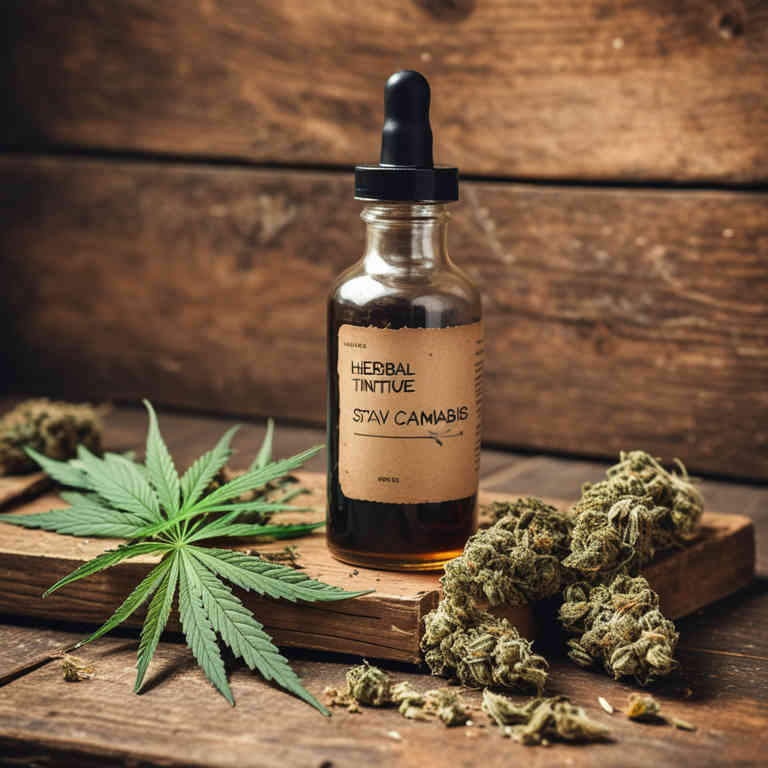Cannabis sativa tincture for medicinal use

Cannabis sativa tincture is a concentrated liquid extract made by soaking Cannabis sativa plant material in alcohol or another solvent.
This preparation is commonly used in herbalism to harness the medicinal properties of cannabinoids and other compounds found in the plant. It is often utilized for its potential therapeutic effects, including pain relief, anti-inflammatory support, and anxiety reduction. The tincture allows for precise dosing and can be taken orally or applied topically.
In traditional and modern herbal practices, it is valued for its versatility and potency in addressing a range of health concerns.
Uses
Cannabis sativa tincture has been used to treat a variety of ailments across different cultures and time periods.
Historically, it was utilized in ancient Chinese and Indian medicine for its purported pain-relieving and anti-inflammatory properties. Traditional uses also included treating insomnia, anxiety, and digestive issues, often prepared with alcohol or oil as a solvent. In modern times, it is increasingly used for managing chronic pain, epilepsy, and nausea, particularly in medical cannabis programs.
However, its use remains controversial due to legal and regulatory challenges in many regions.
Benefits
Cannabis sativa tincture has health benefits such as pain relief, reduced inflammation, and improved sleep.
It contains cannabinoids like CBD and THC, which interact with the body's endocannabinoid system to produce therapeutic effects. This preparation is often used to manage chronic pain, anxiety, and nausea. It may also support mental clarity and reduce seizure frequency in certain conditions.
However, it should be used under medical supervision due to potential side effects and legal considerations.
Constituents
Cannabis sativa tincture active constituents include cannabinoids such as tetrahydrocannabinol (THC) and cannabidiol (CBD), as well as terpenes and flavonoids.
These compounds interact with the body's endocannabinoid system to produce various therapeutic effects. THC is known for its psychoactive properties and potential in managing pain and nausea, while CBD offers anti-inflammatory and anxiolytic benefits without causing intoxication. Terpenes contribute to the entourage effect, enhancing the overall efficacy of the tincture.
This herbal preparation is used for health purposes such as chronic pain relief, anxiety reduction, and epilepsy management.
Preparation
To make Cannabis sativa tincture, you will need dried cannabis flowers, high-proof alcohol (such as vodka or ethanol), a glass jar, and a dark-colored container for storage.
First, grind the dried cannabis flowers into a fine consistency to increase surface area for better extraction. Next, place the ground cannabis in a glass jar and pour the alcohol over it, ensuring the plant material is fully submerged. Seal the jar and let it sit in a cool, dark place for 4 to 6 weeks, shaking it occasionally to promote extraction.
After the steeping period, strain the liquid through a fine mesh or cheesecloth into a dark bottle, and store it in a cool, dark place away from light and heat.
Side Effects
Cannabis sativa tincture may lead to a range of potential health effects depending on the dosage and individual sensitivity.
It can cause psychoactive effects such as euphoria, altered perception, and impaired coordination. Possible side effects include anxiety, paranoia, and increased heart rate. Long-term use may lead to dependency or tolerance.
It is important to consult a healthcare professional before using this preparation, especially for individuals with pre-existing medical conditions.